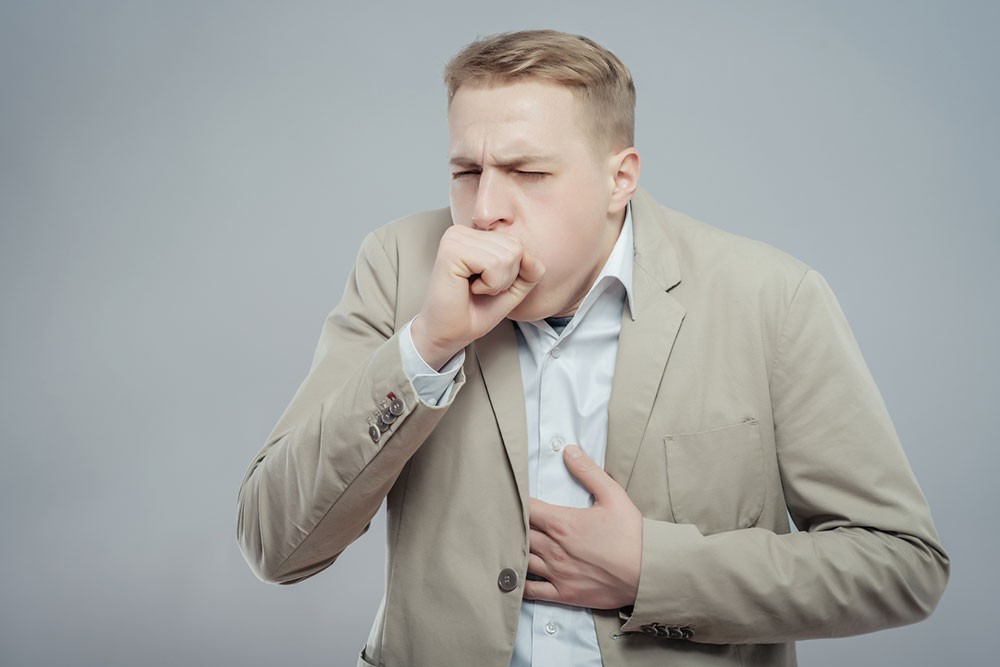10 signs and symptoms of pneumonia

Pneumonia is a serious respiratory condition that affects the lungs, causing inflammation. Several pathogens can trigger it, including bacteria, viruses, fungi, and other microorganisms. The condition’s symptoms can range from mild to severe. While it can impact individuals of all ages, it poses a higher risk to the younger population, the elderly, and those with weakened immune systems. Here are ten signs and symptoms of pneumonia to watch out for.
Persistent cough
A persistent cough is often the first sign. Initially, it may manifest as a dry cough but progress to produce phlegm or mucus. This cough is not just an annoyance; it’s the body’s way of attempting to clear the infection. The mucus might be discolored, ranging from white or yellow to greenish, or even tinged with blood.
Fever
When pneumonia invades the lungs, it triggers a robust immune response. One of the most common responses is the elevation of body temperature, resulting in a fever. A fever is the body’s way of creating an environment less hospitable to the invading microorganisms. A fever exceeding 100.4°F (38°C) is a significant indicator.
Shortness of breath
Shortness of breath, or dyspnea, is a hallmark symptom. Ranging from mild to severe, it can often make drawing a full breath challenging. This sensation is typically linked to inflammation and fluid accumulation in the lungs. It may worsen with physical activity or when lying down, necessitating a more upright position for comfort.
Chest pain
Pneumonia can be painful. The inflammation of lung tissue and the lining of the lungs (pleura) can cause sharp chest pain. This discomfort often intensifies when taking deep breaths, coughing, or sneezing. The pain’s location can vary but is generally localized to the area where the infection is concentrated.
Fatigue
Fighting off a lung infection like pneumonia takes a toll on the body. One will likely experience extreme fatigue and weakness. The immune system works harder to combat the infection, diverting much energy towards this effort and leaving one feeling exhausted and drained.
Rapid breathing
Rapid breathing or tachypnea is a common symptom. As the lungs become inflamed and their function is compromised, the body attempts to compensate by increasing the respiratory rate. One may end up breathing faster than usual, a sign that the body is struggling to maintain adequate oxygen levels.
Confusion
In severe cases, especially in older adults, pneumonia can reduce the oxygen supply to the brain. Insufficient oxygenation can lead to confusion or disorientation.
Loss of appetite
Pneumonia can significantly diminish one’s appetite. It could result from the body diverting energy and resources toward fighting the infection. Additionally, the discomfort associated with coughing and breathing difficulties can make eating less appealing.
Blueish or cyanotic skin
In severe cases, when blood oxygen levels drop, the skin and lips may take on a bluish or cyanotic hue. This discoloration is due to the inadequate oxygenation of the blood or cyanosis. It’s a clear indication that one needs expert attention.
Increased heart rate
Pneumonia can stress the cardiovascular system. In response to decreased oxygen levels in the lungs, the heart may beat faster to pump oxygen-rich blood more efficiently throughout the body. An increased heart rate, known as tachycardia, is a common physiological response to pneumonia.





